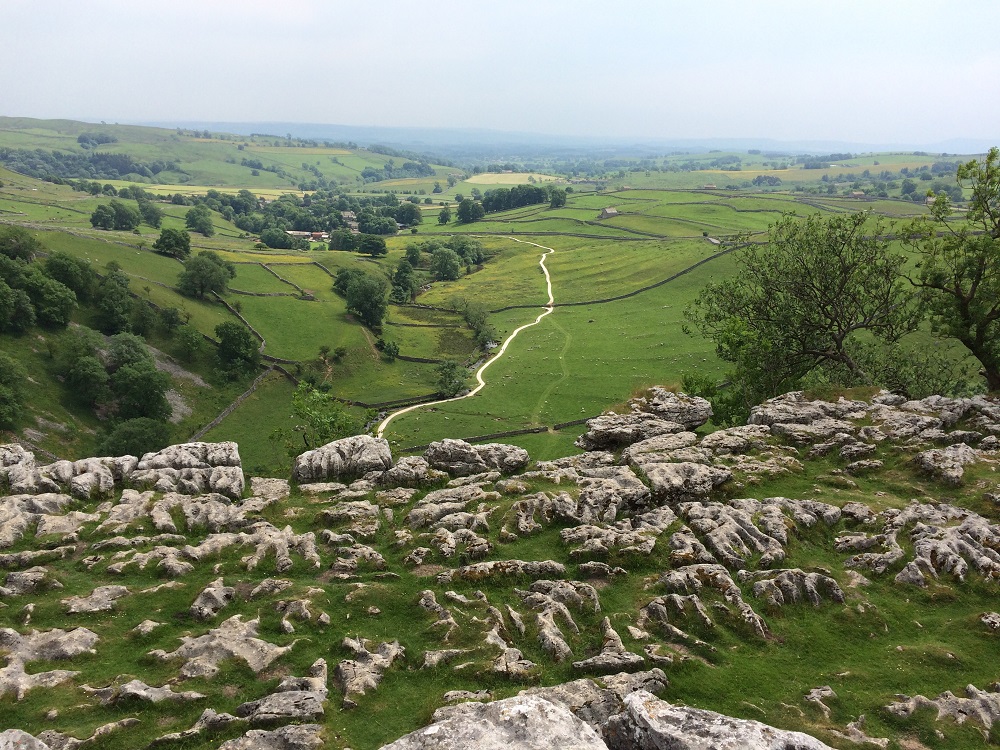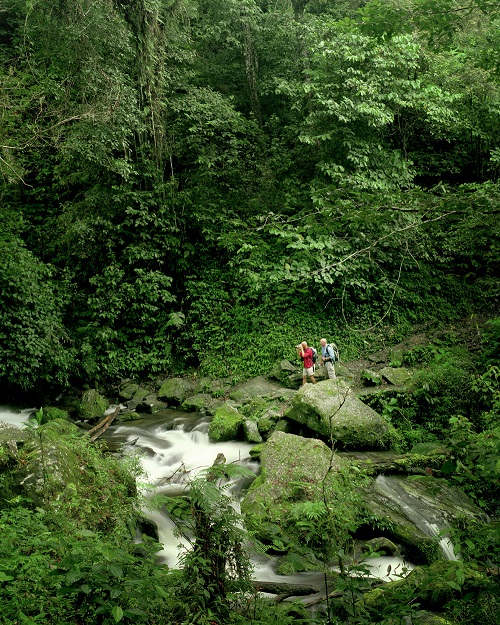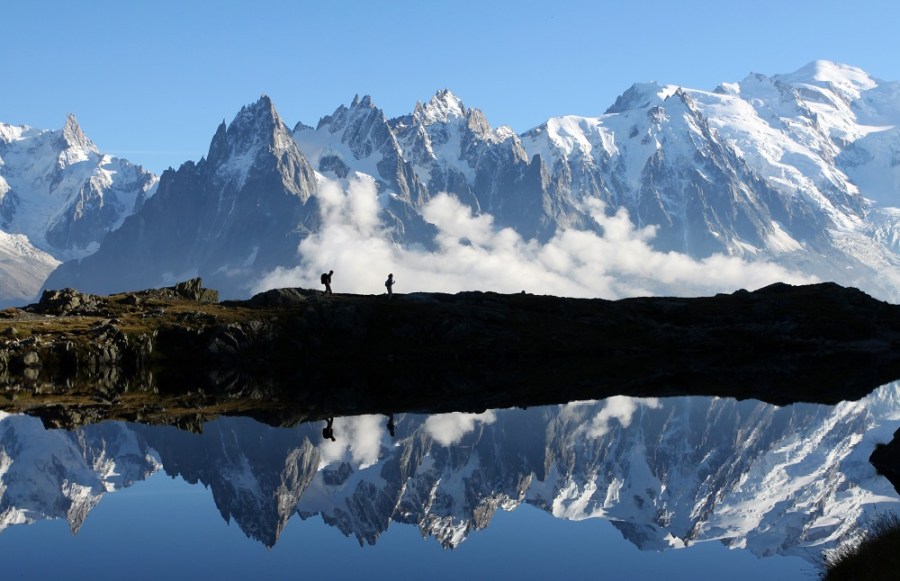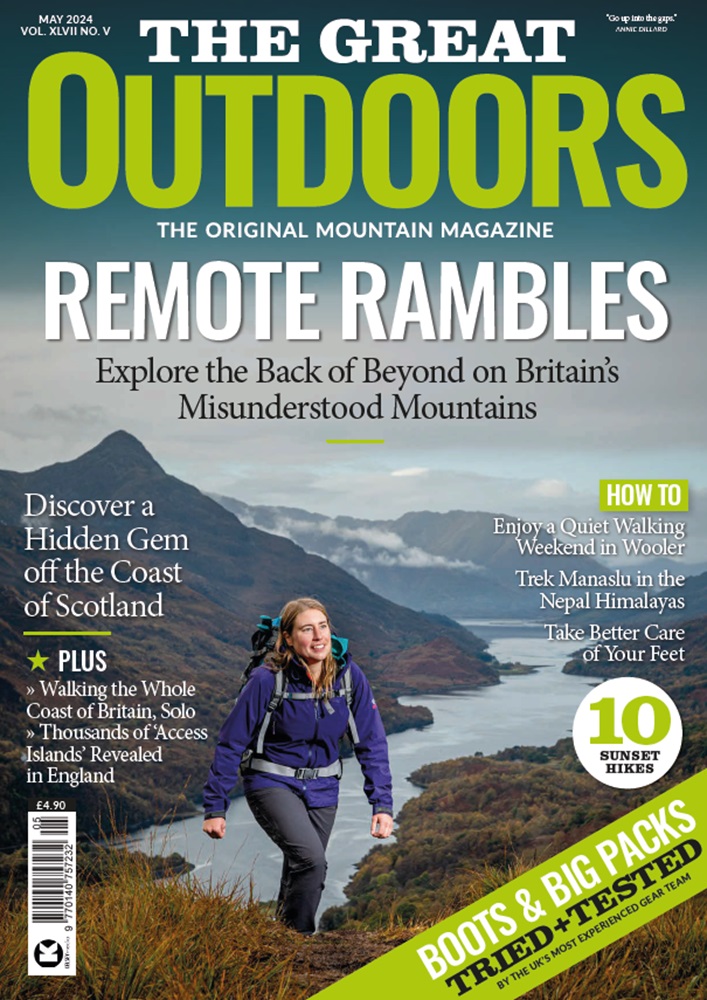From UK favourites to international icons, and from one-week wanders to month-long mega-walks, these are some of the world’s finest multi-day routes
[1] GR20, Corsica

Image copyright of N Robert – PNRC
Widely regarded as the toughest long-distance trail in Europe, the 180km traverse of the Mediterranean island of Corsica is a hike that’s on most long-distance walkers’ to-do lists. In Corsican, its name is Fra li monti, which translates as ‘Across the mountains’ – an indication of the nature of the walk if ever there was one. Highlights of the route include its turquoise glacial lakes, the granite cliffs of Aiguilles de Bavella and many scrambling sections.
[2] The Kerry Way, Ireland
The whole south-west coast of Ireland isconsidered wild, but the Inveragh Peninsula is something else altogether. Its coastline is tornragged by the Atlantic on three sides while inland lies Macgillycuddy’s Reeks, a mountain range that’s home to the 1038m Carrauntoohil, and to Black Valley, a place so remote that in 1978 it became the last part of Ireland to be connected to electricity. All this is explored by the 214km Kerry Way, which tours the peninsula in a circular lap from Killarney.
[3] Tour du Mont Blanc, Alps

Copyright of Chamonix Tourist Office
The Tour is arguably the best way of seeing Mont Blanc without actually climbing it. The 168km circular route skirts the 4810m peak’s base, sticking with its luscious green-filled valley rather than going high to its grey rock and snow-covered reaches above. It’s a walk most people will be able to take on thanks to the easy terrain and wealth of accommodation, so rather than pushing too hard it’s possible to simply breathe in the surroundings.
[4] The John Muir Trail, USA
One of the most beautiful backpacking routes in the world, according to TGO’s Chris Townsend, this 338km trail gets its name from the legendary Scotland-born environmentalist who was instrumental in the creation of America’s national parks. It’s therefore no coincidence that its course runs through five of them: including Yosemite (arguably America’s finest), Sequoia and of course John Muir National Park. With an almost continual elevation of around 2400m or above, expect endless panoramas of the Sierra Nevada with its rivers, lakes, cliffs and canyons.
[5] The Alta Via 1, Italy
There are a number of ‘High Routes’ running through the Italian Dolomites but this one is considered the classic. It runs for 150km from Lago di Brajes to Belluno, along the way weaving between rosy-hued, cathedral spire-like peaks, passing First World War battlefields and giving the opportunity to try-out some via ferrata sections. Each night you will find the refugios (mountain huts) full of walkers sharing their tales from the day.
[6] The Pennine Way, England

Image copyright of Heather Procter nationaltrail.co.uk
Fifty years ago, the opening of this route after decades of campaigning proved to be the kickstarter for the creation of Britain’s now widespread national trails network. Running north between Edale and Kirk Yetholm in the Scottish Borders, the 412km trail traces the backbone of England, taking in the peat moors of the Peak District, the Yorkshire Dales, Brontë Country and Northumberland National Park.
[7] The Kokoda Track, Papua New Guinea

Image copyright of kokodatrail.com
The Kokoda Track is well-known to Australians as the route on which one of the nation’s bloodiest battles was fought – a successful last stand against the Japanese to prevent them from reaching
Australia itself. Today, as well as remaining as a relic to that Second World War battle, the 96km trail creates an opportunity to discover one of the wildest places on earth, crossing through deep rainforest full of massively diverse wildlife. Porters might be required for this trek as it’s a tough environment, but it’s one that would provide one of the greatest of escapes.
[8] Torres del Paine, Chile
South America’s last hurrah before disappearing into the cobalt ocean, Torres del Paine is a rugged wilderness of chiselled mountains, vast lakes, dramatic glaciers and dense forests. The most common hiking route is known as the ‘W’ route, which can be walked in around five days and features a scenic highlight on every single one of them: the ‘Horns of Paine’ on day one, followed by Lake Nordenskjold, Valle Frances, the bergy brilliance of Lago Grey and Glacier Grey, and a final hike back out along Lago Grey. However, you can avoid doubling back by taking on the 100km ‘Circuit’ instead – essentially the W plus a four-to-five day hike over the Park’s boggy backside, which takes you past glaciers calving into improbably small lakes. The hike undoubtedly has its sloggy sections, but what the heck: this is scenery turned up to 11.
[9] Walker’s Haute Route, Alps

Image copyright of Jean-Charles Poirot and Chamonix Tourist Office
This 180km ‘High route’ through the Alps between Chamonix and Zermatt crosses glaciers including the Mont Durand and the 7.7km-long Otemma, with views of peaks including Mont Blanc and the iconic Matterhorn. You’ll have to work hard though; it’s considered a much more demanding trek than the Tour du Mont Blanc, accumulating a whopping 12,000m of ascent. Defined in the late 19th Century by the English Alpine Club, this is an enduring classic.
[10] Offa’s Dyke Path, Wales
One of the best introductions to long-distance walking that can be had in Britain, reckons TGO’s staff writer Will Renwick, who’s walked the route in both directions. Much of the 284km path along the Welsh border follows the visible remains of an 18th Century dyke believed to have been built by King Offa of Mercia. As well as passing through the Black Mountains in the Brecon Beacons National Park, the trail links with three Areas of Outstanding Natural Beauty: the Wye Valley, Shropshire Hills and Clwydian Range.
[11] Camino de Santiago, Spain
Hundreds of thousands walk this route to Santiago de Compostela every year, but fascinatingly there were more people treading it in the Middle Ages. From the French border to the far western reach of Spain, it originated as a pilgrimage to the shrine of St James. Many of the ‘peregrinos’ taking it on today will make the journey for simple enjoyment – a chance to see the landscape that inspired Ernest Hemingway
and to visit cities like Burgos, León and Pamplona. Along the way accommodation comes in the form of basic hostels that are exclusive to the trail walkers – places in which a large sense of camaraderie or ‘Camino Spirit’ is fostered. While there are many ‘Ways’ to Santiago the most popular is the French Way which is 732.5km and will take around a month to walk.







